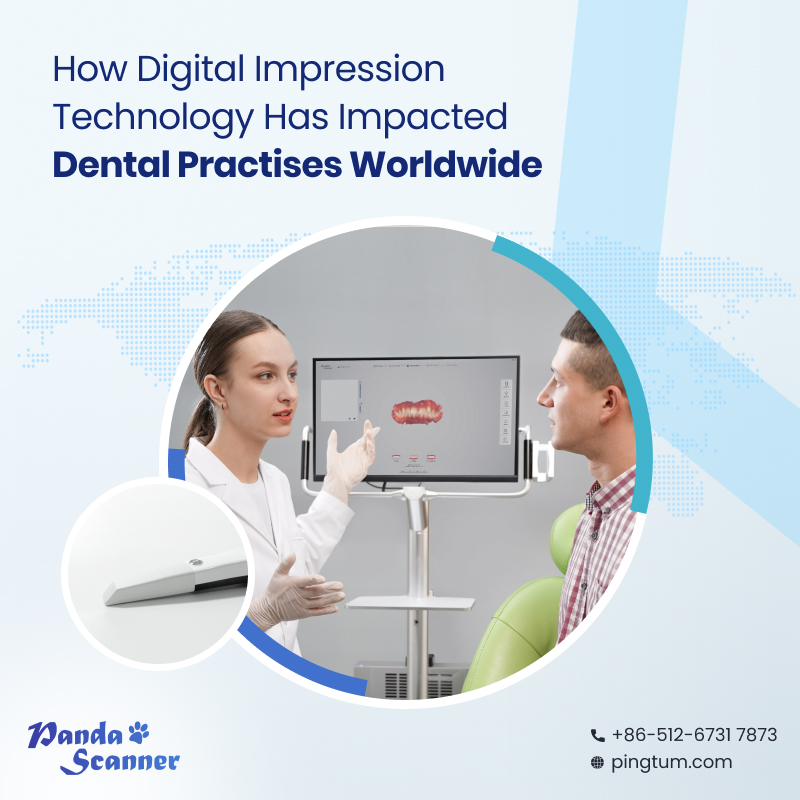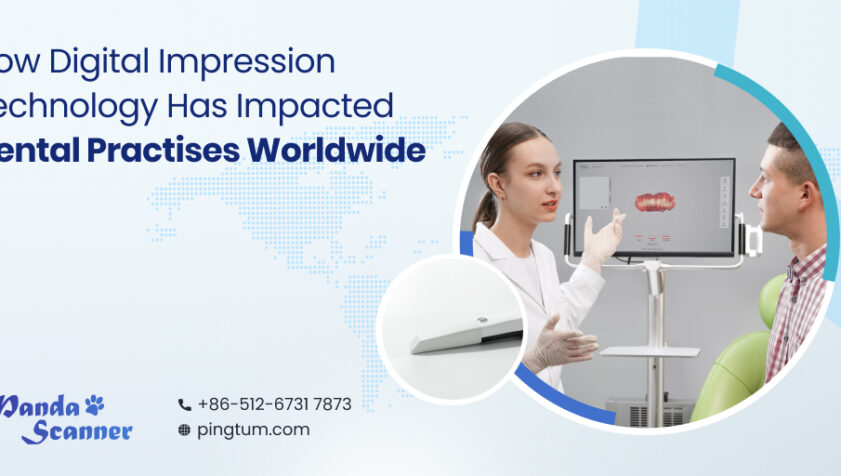For the past few years, scientists from all over the world have done a number of research studies to determine the precise position of demand for the dental impression system used in many dental practises worldwide. Because they may boost overall productivity and efficacy by giving a higher degree of precision, they have eventually reached the conclusion that it is a far better technology for dental treatment reasons than X-rays. Digital impressions have the ability to speed up the fabrication process, enabling quicker restoration creation, exhibit superior margin capture, and help reduce the need for occlusal correction in final dental restorations. Digital impressions need substantially less time and offer a higher rate of accuracy than traditional impressions do.

Some of the Most Significant Elements That Have Contributed to the Market Growth for Dental Impression Systems
The Dental Impression Systems Market is anticipated to surpass the astounding milestone of USD 2.35 billion by 2028, with a CAGR of almost 7.83% during the anticipated period of 2020–2028.
Some of the key elements that are consistently affecting the market’s growth as a whole include:
Recent years have seen significant progress in the field of dentistry, with technological developments revolutionising several areas of dental treatment. One of these breakthroughs, dental impression systems, has revolutionised the way precise and thorough impressions of patients’ oral structures are taken. That’s why we’re going to explore the factors that have greatly aided the market expansion of dental impression systems, revolutionising dental procedures and patient experiences around the globe.
- One of the key elements that is significantly boosting global market growth is the increased incidence of dental problems. WHO estimates that 520 million children worldwide suffer from primary tooth decay, and almost 2 billion individuals worldwide suffer from caries of the permanent teeth. With expanding urbanisation and changes in people’s living situations, oral illnesses are still on the rise in the majority of lower and middle-income nations.
- Along with the rise in dental illnesses, the market’s development is greatly aided by the expanding use of digital dentistry and dental tourism.
- A dental impression system is used in prosthodontics, implantology, and orthodontics, in addition to restorative dentistry. These systems’ adaptability makes them necessary in a wide range of dental treatments, broadening their market appeal and encouraging adoption by experts in numerous branches of dentistry.
- The rising demand for dental imprint systems like Panda intraoral scanner has been significantly fueled by the growing trend towards digitalization in dentistry. In order to boost patient happiness, improve treatment outcomes, and maintain market competitiveness, dental practises are adopting digital technology more and more. As a result, the wider push towards digital dentistry has significantly increased demand for dental impression systems.
- The dreaded, gag-inducing sensations that patients fear are a thing of the past. Patients now benefit from non-intrusive, more comfortable digital impression systems. The procedure is quicker and cleaner, resulting in a better patient experience and increased patient trust in the dentist. The demand for these systems has increased significantly, fueling market expansion as consumers look for dental treatments that are more pleasant and cutting-edge.
Effective Market Growth Factors That Are Most Likely To Provide Futuristic Opportunities
The most significant issue in which governments across the world are investing a sizable sum of money and which can open up a tonne of potential for the industry in the future is the expanding popularity of cosmetic dentistry. The American Association for Counselling and Development said that the pace of cosmetic output has increased by around 12.5% during the previous five years, and the majority of dentists (almost 79%) anticipate even stronger development in the following five years. Additionally, according to Forbes, there were 13.6 million nonsurgical treatments performed worldwide in 2019, coupled with an estimated 11.36 million plastic/cosmetic surgery operations.
Final Thoughts
The use of intraoral digital imprint devices has been growing significantly around the globe over the past 10 years. The advantages and potential of digital impression can be compared to the conventional approach because of its 3-dimensional representation on the computer screen, which demonstrates its flexibility in use for integrated treatment planning and the creation of diagnostic models.






